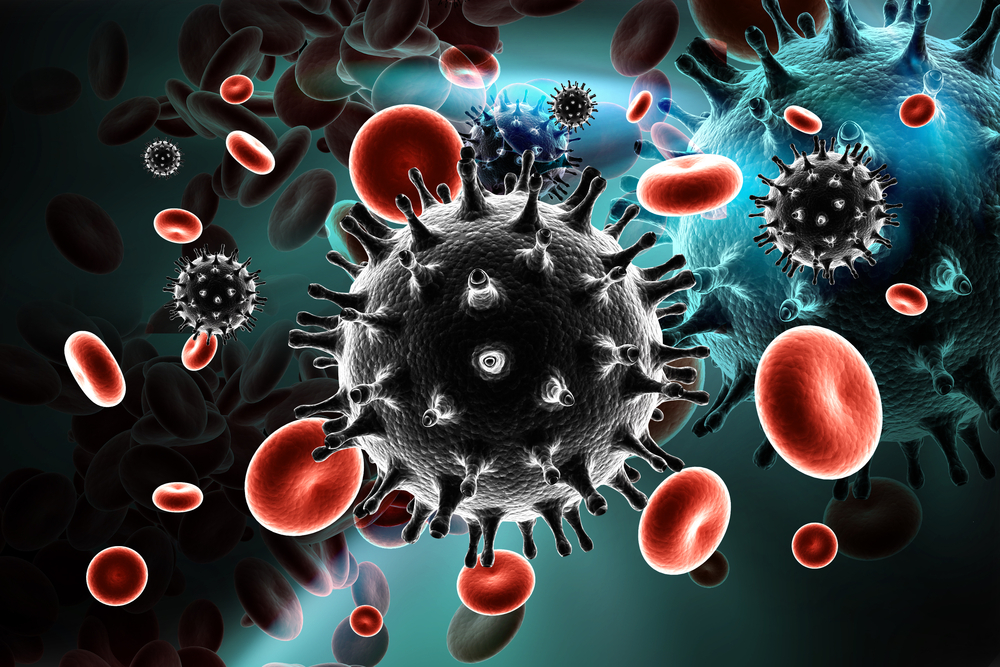Incidence epidemiology of sexually transmitted hepatitis C virus (HCV) infection in HIV-positive men who have sex with men (MSM) is only partially understood. However, it is known that in the presence of HIV, HCV infection is more likely to become chronic and liver fibrosis progression is accelerated. In a systematic review recently published in the journal AIDS, a team of researchers from NYU’s Center for Drug Use and HIV Research (CDUHR) at the College of Nursing (NYUCN) has determined that the current rate of HCV incidence may be as high as two in every one hundred per year.
“The purpose of our study was to explain why these outbreaks are occurring and understand whether the increase in reporting indicates a real trend” said principal author, Holly Hagan, PhD, a professor at NYUCN and Co-Director of CDUHR who leads the HCV Synthesis Project. “Understanding the causes and the magnitude of the problem will help identify subgroups for targeted intervention.”
Acute HCV infection is more likely to become persistent in the presence of HIV, and liver fibrosis progression in chronic HCV infection is more rapid even in patients with undetectable HIV viral loads. The evidence points to blood as the medium of sexual HCV exposure in these cases. Several factors facilitate excess HCV transmission in HIV-positive MSM compared with other populations in which sexual transmission is very rare: HCV viral loads are higher in semen and blood in the presence of HIV, and this may increase the likelihood that infectious carriers will transmit HCV infection. Mucosally traumatic sexual practices, erosive genital lesions associated with sexually transmitted infections (STIs) and increased sexual disinhibition along with prolonged periods of sexual activity related to the use of stimulant drugs may all cause blood exposure during sex.
In this review, more than 13,000 individuals were followed in 15 unique studies to observe 497 cases of HCV seroconversion over 93,100 person-years using incidence density estimation. The team found that about 0.53 HIV-positive MSM acquired an HCV infection in 100 person-years of observation. “Putting this another way, if one thousand HIV-positive MSM were followed for one year each, approximately five would acquire HCV,” said Dr. Hagan. “This is far lower than the rates among PWID. However, when we pooled the data across studies and looked at incidence in relation to calendar time, we saw an increase.”
In 1991, the annual incidence rate of HCV among HIV-positive MSM was estimated at 0.42 per 100 person-years and by 2010, it had increased three-fold to 1.09 new infections per hundred person-years, with an estimate of 1.34 in 2012, showing that the rate of increase was on the rise. “If the trend continues, current incidence of HCV infections may be as high as 1.92 new infections per 100 person-years—meaning, were we to follow 1,000 members of this cohort over the next year, we’d likely find that approximately twenty acquired HCV,” noted Dr. Hagan.
Sex while high on non-injected drugs and unprotected anal sex was related with a higher infection risk, while sex on methamphetamine was found to be associated with a 28.6-fold increase risk of HCV infection. The team also assessed re-infection of HCV after a successful treatment, observing it was two times higher than the initial infection rate among HIV-positive MSM, at 11 re-infections over 100 person-years.
“All of this data indicates the existence of a subgroup of HIV-positive MSM with recurring sexual exposure to HCV in whom the rates may begin to approach the risk of HCV infection among PWID,” said co-author Ashly E. Jordan, MPH, Associate Research Scientist and Project Director of the HCV Synthesis Project at CDUHR.
The researchers mentioned that further studies are needed to better understand the causal pathway to design effective prevention and treatment strategies.Nonetheless, these results suggest that cumulative HCV incidence in HIV positive MSM – the result of initial infection and reinfection – might be a useful way to represent disease burden and to identify subgroups for targeted intervention. “Ideally, we’d like to see the development of an HCV prevention program for HIV-positive MSM that addresses both high-risk sex and drug use behavior,” said Dr. Hagan.

